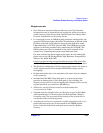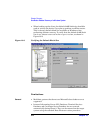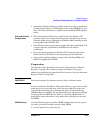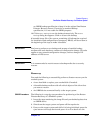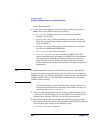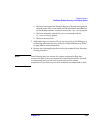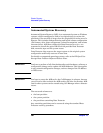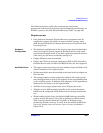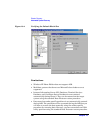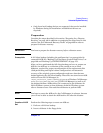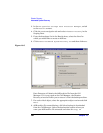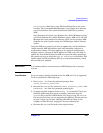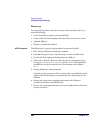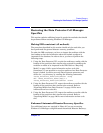
Disaster Recovery
Automated System Recovery
Chapter 10 481
The following sections explain the requirements, limitations,
preparation, and recovery pertaining to Automated System Recovery on
Windows systems. See also “Advanced Recovery Tasks” on page 490.
Requirements
• Data Protector Automatic Disaster Recovery component must be
installed on systems for which you want to enable recovery using
ASR. See the HP OpenView Storage Data Protector Installation and
Licensing Guide.
Hardware
Configuration
• The hardware configuration of the target system must be identical to
that of the original system, except for hard disk drives, video cards
and network interface cards. If you have replaced a network card or a
video card, you will have to manually configure it.
• Floppy disk drive must be installed.
• Floppy and CD drives must be connected to IDE or SCSI controllers.
External devices such as USB or PCMCIA devices are not supported.
Hard Disk Drives • The target system must have the same number of physical disks with
critical volumes as the original system.
• Replacement disks must be attached to the same host bus adapter on
the same bus.
• The storage capacity of each replacement disk on the target system
must be bigger than or equal to the capacity of the corresponding disk
on the original system. In addition, disk geometry of the replacement
disk must be the same as on the replaced disk.
• All disks on the target system must have 512 bytes-per-sector.
• All disks used in ASR must be accessible to the system (hardware
RAID must be configured, SCSI disks must be correctly terminated,
etc.)
• When backing up the client, the default 64 kB block size should be
used to write to the device if you plan to perform an offline restore.
This is the only default block size available on Windows when
performing disaster recovery. To verify that the default 64 kB block
size is set, choose Advanced in the Properties box, as shown in
Figure 10-4:



